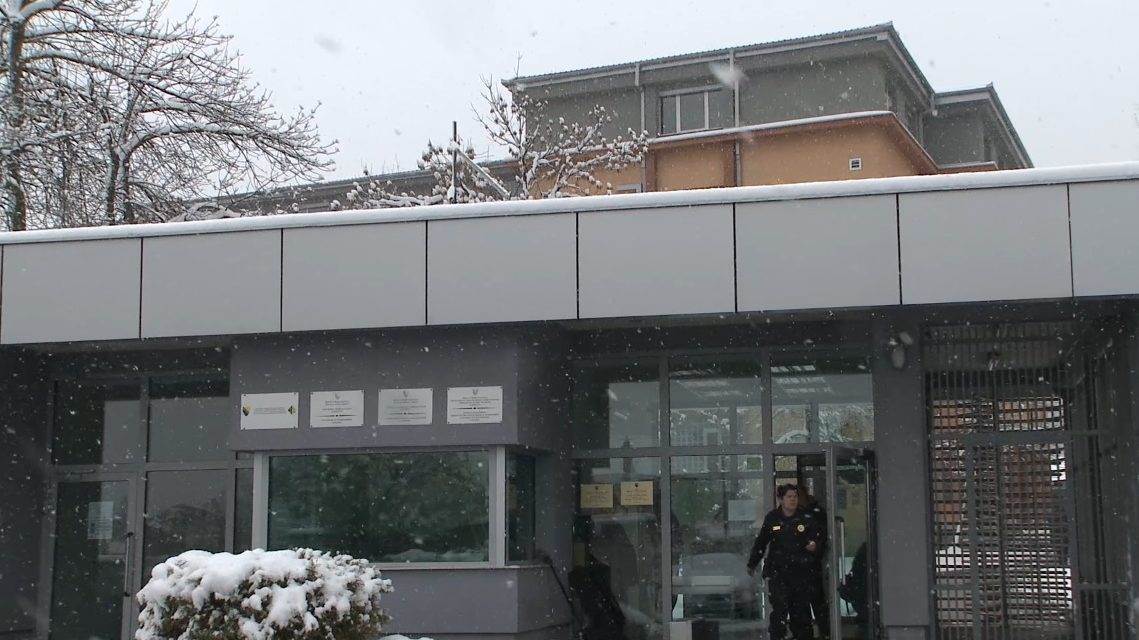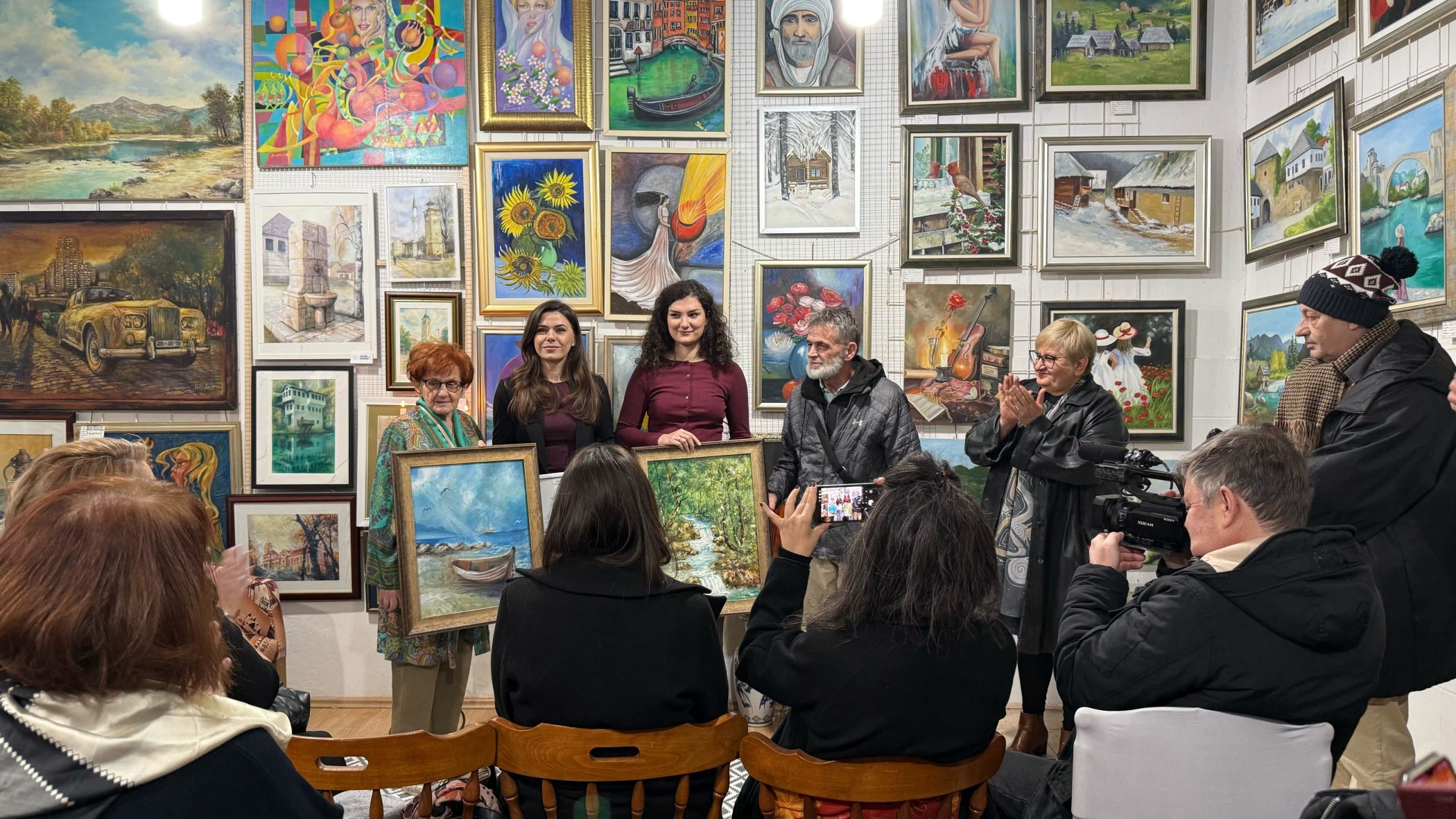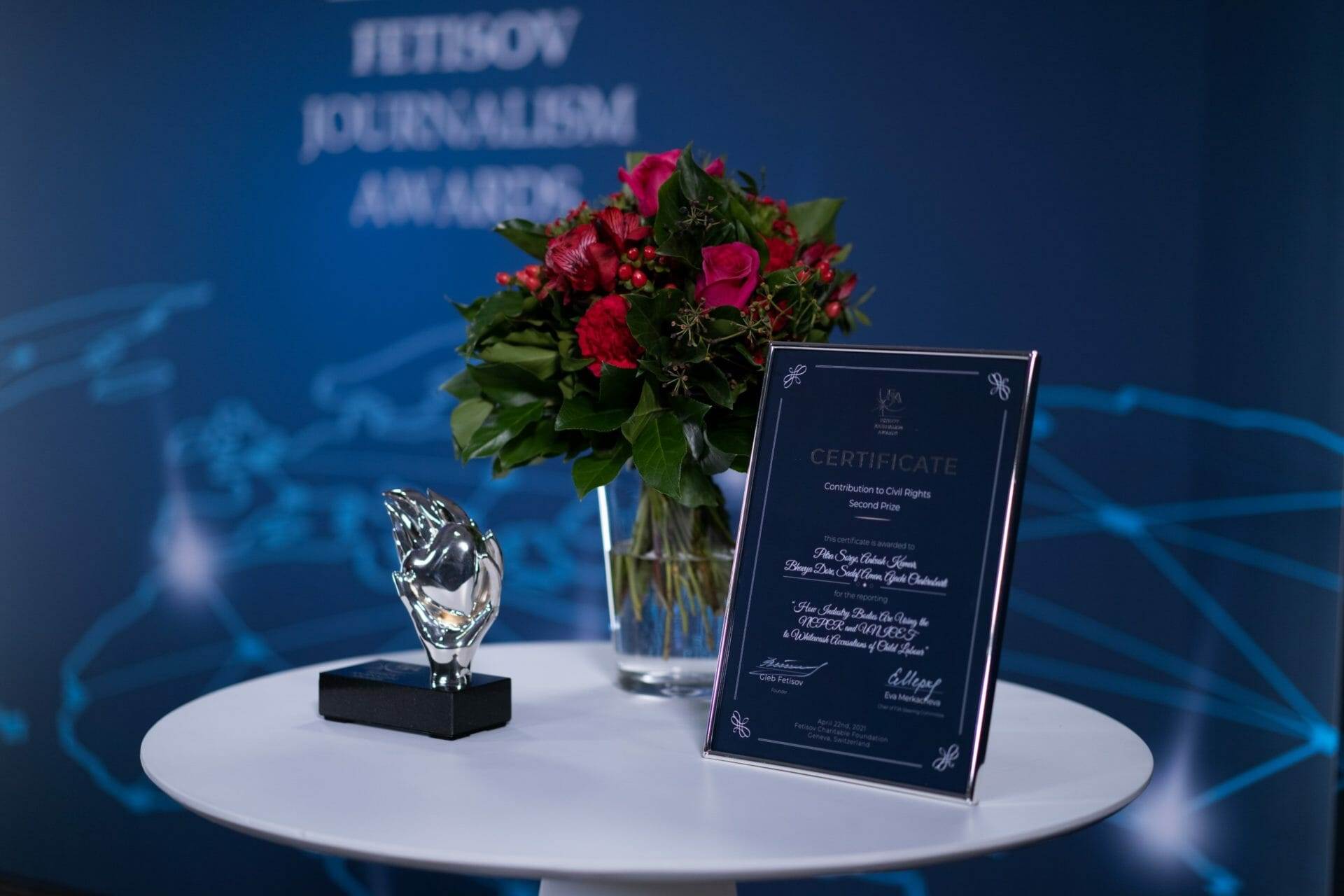This post is also available in: Bosnian
The marchers were participating in the seventh annual ‘Mars Mira,’ or ‘Peace March,’ which traces in reverse the path of Bosniak refugees who were expelled from the U.N. Protected enclave of Srebrenica in July 1995 and walked for days to reach the territory held by the Bosnian Army.
Those who walked in 2011 had to endure a distance of 30 kilometres a day and heat up to 40 degrees Celsius because for them, it symbolises the homecoming of the men who can never return to Potocari because they perished on the route or are still missing.
“My father tried to pass these roads in 1995,” 24 year old Seid Bektic told BIRN-Justice Report, “but he was unsuccessful. It gives me great pleasure to participate in the march, and I will do it next year too.”
Many who did survive return every year to pass in their footsteps once more. It took Muhamed Durakovic, one of the march’s organisers this year, 37 days of walking to reach free territory.
“We went through a lot of pain and suffering. I survived more because of luck than capability. I do the march in part because of my survivor’s guilt.”
Mr. Durakovic, whose uncle will be buried in Potocari on Monday, says the march is one way to allow people to mourn, to advocate for the proper burial of victims of genocide, and to send a strong message to people who would deny that genocide happened.
“This is a never-ending battle,” he says. “Our weapon is peace, our method is tolerance.”
Peace marchers slept in tents pitched by the Bosnian Army, who woke participants at 5:30 each morning. As they marched, few knew how far they had come, or whether an army truck carrying water or bread would be around the corner in a few minutes or a few hours. Participants received scant food except for a daily ration of bread, and were asked to carry their own supplies with them this year. Many were injured.
“My friend and I are both in bandages,” said Pasa Cehaic, herself a refugee from eastern Bosnia now living in Illidza.
“This was hard and I suffered a lot, but I am nevertheless glad that I walked in the footsteps of many before me who suffered greatly.”
The march is timed for participants to arrive to the Memorial Centre Potocari in time for the burial of 613 victims on Monday. All of them were identified using DNA matching in the last year.
The International Commission for Missing Persons, the body responsible for DNA matching, estimates that the identity of 6,598 persons has been revealed so far, but 1,500 more still remain to be found.
According to the ICMP, 73 mass grave sites related to Srebrenica have been excavated, 37 of which are believed to be secondary sites.
V.H.


